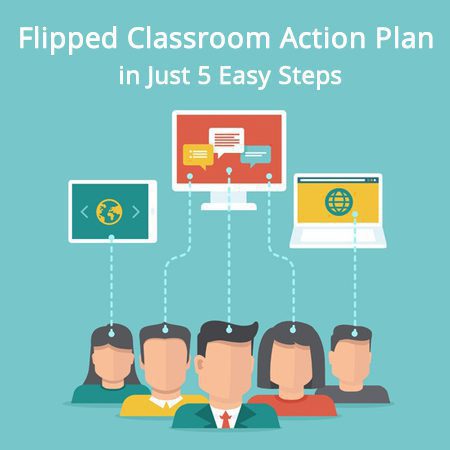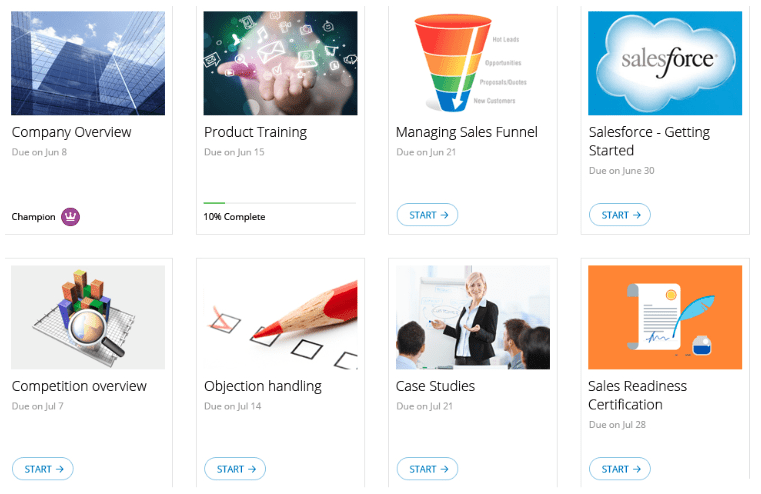Here Are Some Ways to Use Your Employee’s Stories in New Hire Orientation

Anticipation abounds as the new hires come through the door. This is not only on the part of the new hires as they entertain thoughts of fitting in, and measuring up to, and perhaps exceeding expectations but also on current employees. Their thoughts, emotions, and behaviors may run the gamut from effusive expressions of welcome to subtle coldness. (The latter to be avoided at all cost.)
The use of employees’ work stories is not just a “fluffy” thing to try. The use of employee work stories such as ones demonstrating integrity related to business practices, engagement with local, national, or international community organizations (service, charity, health fairs, athletic events), and employee assistance are all indicative of organizational culture.
Research indicates that culture is considered one of the most powerful and stable forces operating within an organization. It really is a no brainer for human resources and training departments to include stories as much as possible but rather it is a tactical, creative, and authentic way to enrich onboarding initiatives. Everything from lectures to online-based orientations is made better with stories.
Definitions vary but include concepts such as shared beliefs, values, and assumptions that are reflected in attitudes and behavior. What better way to acclimatize new hires to become productive and effective organizational members than through the judicious, and timely use of employees’ stories at all levels of the organization. In addition, research also shows that engaging new hires in a positive manner will prevent costly staff turnover, burnout, and improve quality of service (all good for the bottom line.)
So What Stories Should Employees Tell in New Hire Orientation?
- I am proud to work here – because of the quality of our product, give details such as usability, durability.
- Outstanding service record – related to the impact on the lives/ businesses of customers, use examples of customer satisfaction responses such as personal messages, recommendations, going the proverbial extra mile, and satisfaction surveys statistics.
- Community Engagement – employee mobilization efforts in time of community crises such as natural disasters Sandy, Katrina. ‘Team Organization’ for breast cancer walk, drunk driving, hunger walk, mentoring/tutoring at local schools.
- Employee Satisfaction – really expound on this facet. Stories should illustrate the value placed on mentoring, competence, respect, integrity, ideas.
Ready, Set, Go – The Ways and Means of Employees’ Stories
- Have employees collect and document success stories that illustrate organizational culture.
- Create a database with searchable keywords featuring employee stories that tie in with the keywords. This will clarify your messaging.
- Disseminate these employee stories – take them for a spin, not only in orientation but at job fairs, brochures, interviews, college campus recruitment.
Identifying key personnel to tell these stories through creative orientations is solid strategy companies are using to make training new hires more personal and memorable! So….What’s your story?





